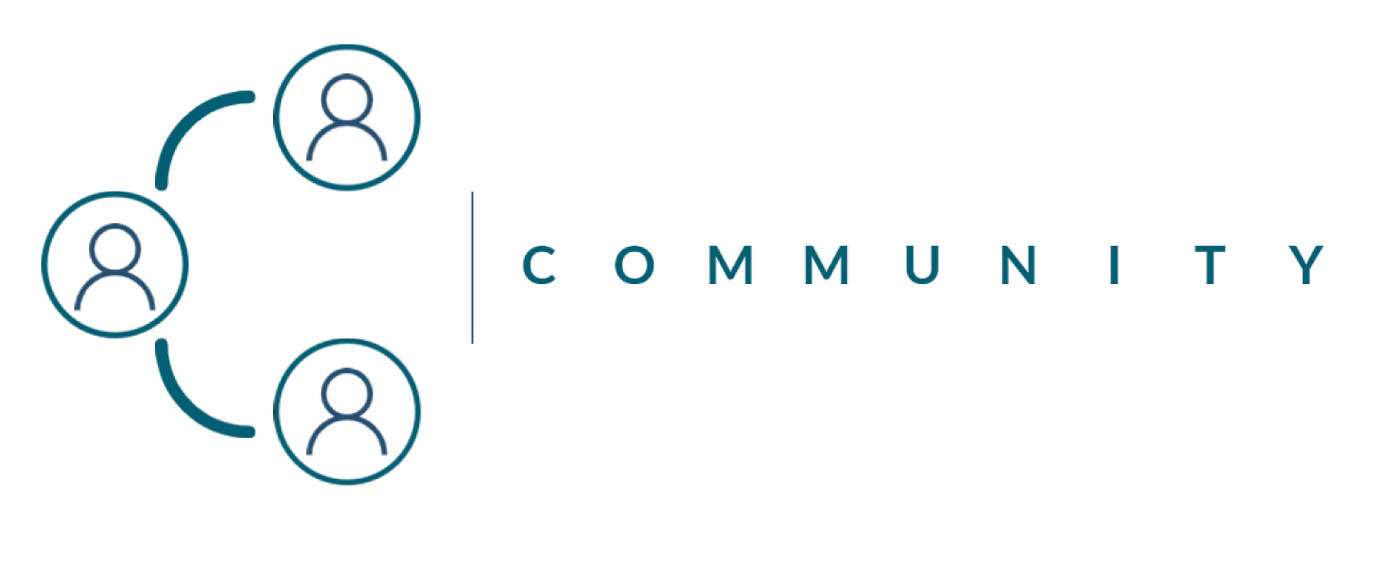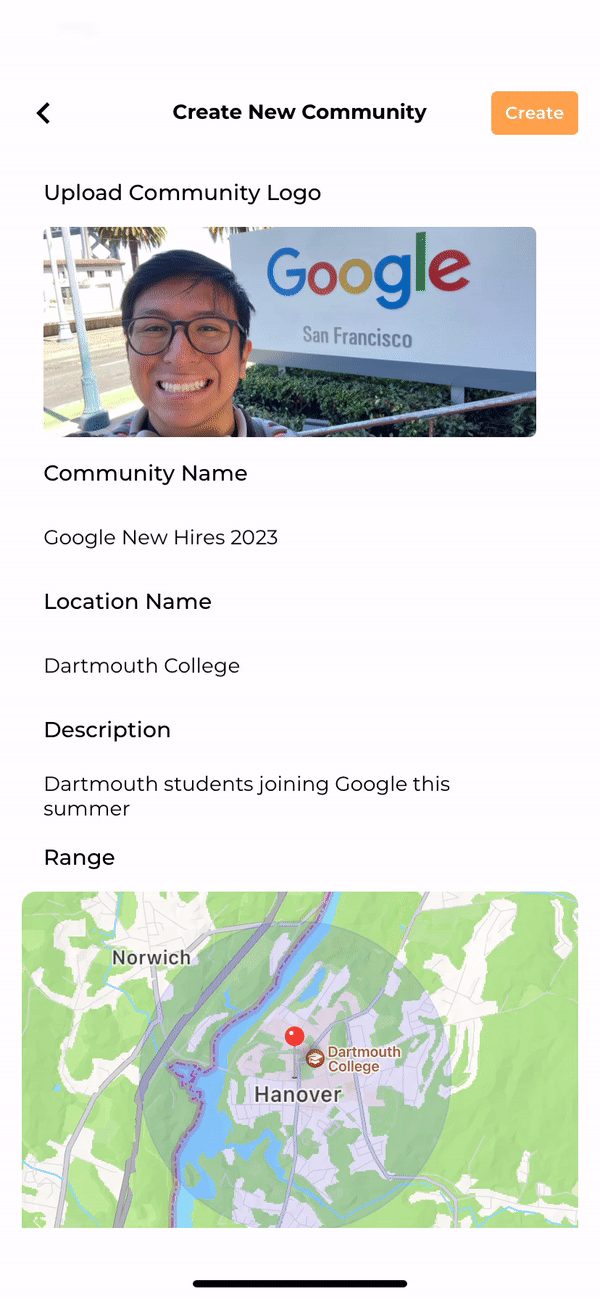
Context
CS98 is the Senior Design and Implementation project course. It's a 2-term course - the first term is dedicated to designing and developing an MVP (minimum viable product) and the second was geared towards building on the MVP by implementing reach goals. My team was comprised of five members, and we decided to create a social media app that used the user’s current location to find communities near them who had similar interests.
The Problem
When social media was first created, it was intended to help users meet new people and bring those separated by distance closer together. Over time, this intention has been diluted by extra features that remove the formation of personal connections. Social media apps like Facebook, TikTok, and Instagram now advertise filters, online markets, and short video reels that provide instant and brief individual entertainment.
Exiling interpersonal interactions to the outskirts of social media has significant consequences. Loneliness was worse than ever during the Covid-19 pandemic despite widespread availability of social media (perhaps even because of social media). In a study conducted in October 2020 by researchers at Making Caring Common, 61 percent of respondents aged 18 to 25 reported “serious loneliness — feeling lonely ‘frequently’ or ‘almost all the time or all the time’ in the four weeks prior to the survey.” While most of this loneliness could probably be chalked up to Covid-19-induced isolation, social media likely contributed to the intensity of loneliness. This article by Harvard Health Publishing confirms that large quantities of social media consumption causes loneliness.
So, we saw that modern day social media deviated from its original purpose and added complexity which limits meaningful interpersonal connections. When our team set out to find a solution to this problem, we discussed which types of interactions lead to the development of the most successful connections. We concluded that there is no replacing in-person interactions. Instead, we wanted to create a platform that would encourage in-person interactions among people with similar interests (i.e., those more likely to form deeper interpersonal connections). Additionally, we felt passionately about creating an app that could provide a safe space for marginalized groups who are often isolated to specific locations (e.g., historically redlined communities).
The Solution: Location-Based Communities
Our solution was to create a social media app that allows you to join and create location-based communities. We focused primarily on creating simple and intuitive app design. A user can search up to a 10-mile radius for communities that share their interests.
One concern we had about limiting the search to 10 miles was accessibility. I grew up in a rural town in Kentucky, so 10 miles would not have been a large enough radius to reach many people. If we were to continue working on this app, we definitely would have had to consider how to make this component more accessible for users who live in less densely populated areas.
Gif of searching for nearby communities.
Gif of creating a new community.
The Solution: Creating Communities
Similarly, if a user can’t find a community nearby that interests them, then they can create one! Creating a community involves setting a desired location center as well as a joinable radius, meaning that if other users are within the set radius to a central point, then they can join that community.
One of our design challenges was deciding how to deal with users in communities that exit the community radius. On one hand, if users leave the community only for a brief period, then they should not be removed. However, if they permanently move elsewhere, we considered prompting them to leave the community since their distance makes it unlikely that they can engage in in-person activities. We decided against this for our class project, but if we continued development, we would have had to consider methods to ensure that individuals in communities could be active members.
The Solution: Community Home
Once you’ve joined a community, you can post to the community, message the members in the community, upvote/downvote a post, and comment.
When creating a social media app, you have to consider privacy. We debated creating “private” communities that required admin approval to join a community, but ultimately decided against it in our MVP since we wanted to prioritize the location-based features. However, in the long-term, we would have wanted to implement features such as blocking users, private communities, and removing unwanted users and posts from community pages. All of which are important tools when discouraging inappropriate behavior on social media.
Gif of community profile page.
My Contribution
For this project, I was primarily a project manager, designer, and front-end developer. To manage team progress, I led weekly check-in meetings where I allocated development tasks and ensured that we were on track to meet our goals. For the project’s design, I worked with another member of the team to create wireframes and mockups for the app in Figma. For front-end development, I created most of the components you see on the user’s home page, community profile page, and registration.


